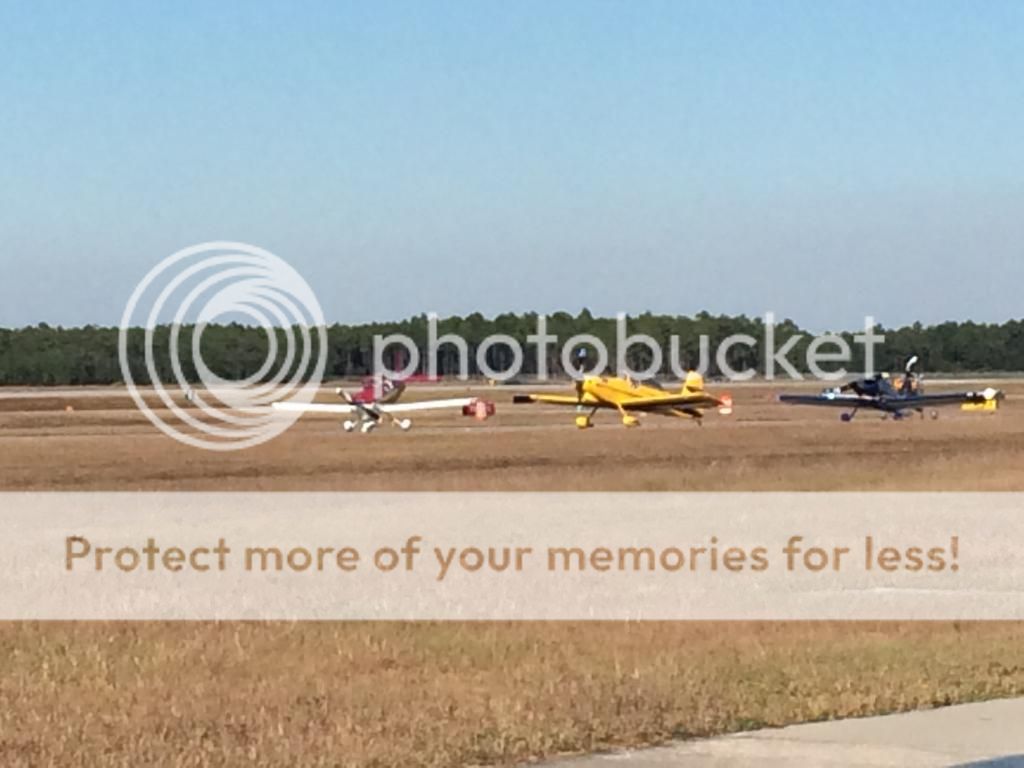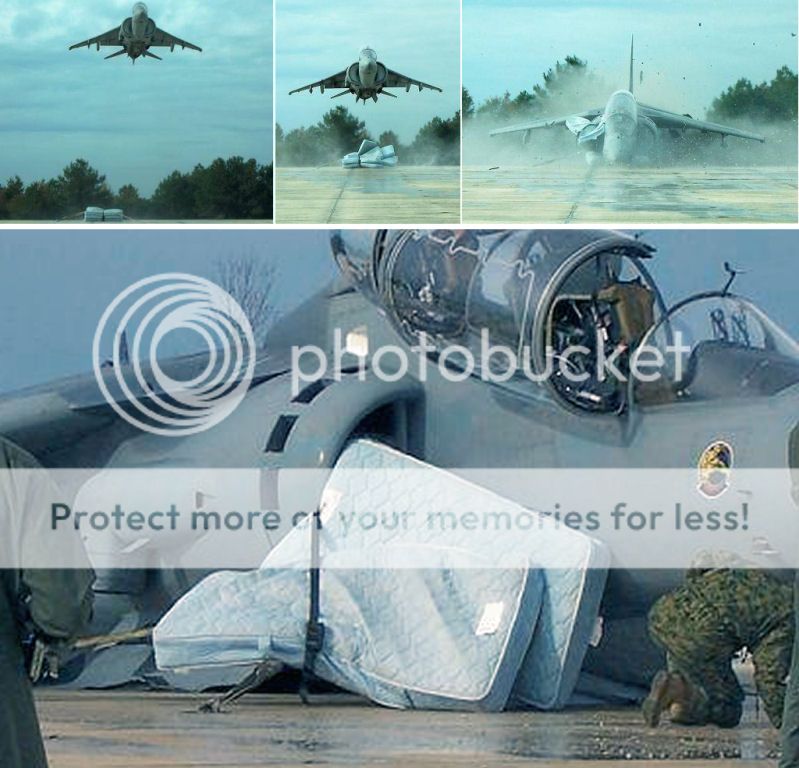Kahuna
Moderatoring
This past weekend one of our teammates, our only nose dragger left on the team, had a nose gear bolt failure resulting in a prop strike. I had seen this before on VAF, but had never seen one myself.
Fortunately he was not moving, or barely moving at the time, pulling out from a run-up, holding a brake to turn to square up on the taxiway. As soon as the plane started to rotate, the bolt failed, the gear leg rotated, and she nosed down and caught a few inches of the prop. We are very thankful for composite props, a little luck, and some heads up wingman that were around him at the time. A couple of weeks earlier, he had the tail down, nose gear up, greasing the nose wheel bearing, and had no play in the gear. Its also checked at condition. This hidden bolt, probably doesn't give much warning before failure. Had it failed in another phase of flight other than barely moving, it could have been much much worse for him and the plane. I think he has ~1500 hours or more on the plane. Probably worth considering a periodic change of this important bolt. Or stick it in your tool bag of reasons to own a tail dragger Thought Id share a couple of pictures.
Thought Id share a couple of pictures.


Fortunately he was not moving, or barely moving at the time, pulling out from a run-up, holding a brake to turn to square up on the taxiway. As soon as the plane started to rotate, the bolt failed, the gear leg rotated, and she nosed down and caught a few inches of the prop. We are very thankful for composite props, a little luck, and some heads up wingman that were around him at the time. A couple of weeks earlier, he had the tail down, nose gear up, greasing the nose wheel bearing, and had no play in the gear. Its also checked at condition. This hidden bolt, probably doesn't give much warning before failure. Had it failed in another phase of flight other than barely moving, it could have been much much worse for him and the plane. I think he has ~1500 hours or more on the plane. Probably worth considering a periodic change of this important bolt. Or stick it in your tool bag of reasons to own a tail dragger











